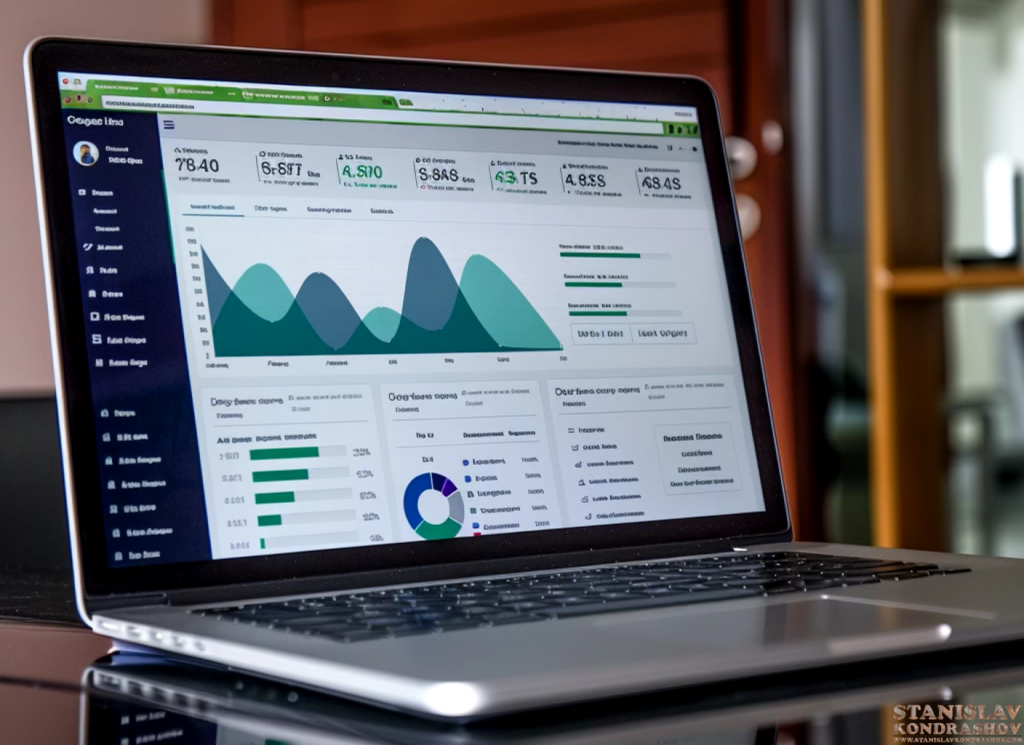Influencer marketing has taken the advertising world by storm, becoming a vital strategy for brands seeking to connect with audiences in authentic and engaging ways. However, as the landscape evolves, so too must our methods for measuring success. Welcome to Influencer Marketing 2.0, where the focus shifts from vanity metrics to measuring real return on investment (ROI). In this blog post, we will explore why it’s crucial to look beyond likes and shares and delve into more meaningful metrics that truly reflect the effectiveness of influencer campaigns.
The Rise of Influencer Marketing
Over the past decade, influencer marketing has grown exponentially. Brands collaborate with social media influencers—individuals with significant followings and the ability to sway their audience’s opinions and behaviors. These collaborations often result in increased brand awareness, engagement, and sales. Yet, many brands still rely on surface-level metrics to gauge the success of their influencer partnerships.

The Problem with Vanity Metrics
Vanity metrics such as likes, shares, and follower counts are easy to track and provide a quick sense of achievement. However, they often do not correlate with actual business outcomes. Here’s why relying solely on vanity metrics can be misleading:
- Lack of Depth
- Vanity metrics provide a shallow view of engagement. A post might receive thousands of likes, but if those interactions do not lead to meaningful actions such as website visits or purchases, their value is limited.
- Inauthentic Engagement
- Some influencers may resort to buying followers or using engagement pods to inflate their metrics artificially. This can give a skewed perception of an influencer’s actual impact.
- Misalignment with Business Goals
- High engagement rates do not necessarily translate to increased revenue. Brands need to ensure that their marketing efforts are aligned with broader business objectives, such as sales growth, customer acquisition, or brand loyalty.
Measuring Real ROI: Key Metrics to Consider
To truly measure the effectiveness of influencer marketing campaigns, brands must focus on metrics that reflect real ROI. Here are some key metrics to consider:
- Conversion Rates
- Track the number of users who take a desired action after interacting with influencer content, such as making a purchase, signing up for a newsletter, or downloading an app.
- Sales and Revenue
- Measure the direct impact of influencer campaigns on sales and revenue. This can be tracked using unique discount codes, affiliate links, or custom landing pages.
- Customer Acquisition Cost (CAC)
- Calculate the cost of acquiring a new customer through influencer marketing compared to other marketing channels. This helps determine the cost-effectiveness of the campaign.
- Customer Lifetime Value (CLV)
- Assess the long-term value of customers acquired through influencer marketing. High CLV indicates that influencer-acquired customers are more loyal and valuable over time.
- Brand Sentiment and Awareness
- Use social listening tools to gauge changes in brand sentiment and awareness before, during, and after influencer campaigns. Positive shifts in sentiment and increased brand mentions can indicate successful campaigns.
- Engagement Quality
- Evaluate the quality of interactions, such as comments and direct messages, to understand how the audience is genuinely engaging with the content. Meaningful conversations often signify deeper engagement.

Tools for Measuring Influencer Marketing ROI
Leveraging the right tools can make tracking these metrics more manageable and accurate. Here are some tools to consider:
- Google Analytics
- Track website traffic, conversions, and user behavior stemming from influencer campaigns.
- Social Media Analytics Platforms
- Tools like Hootsuite, Sprout Social, and Buffer provide in-depth analytics on social media engagement and audience demographics.
- Influencer Marketing Platforms
- Platforms like AspireIQ, Traackr, and Klear offer comprehensive analytics on influencer performance, campaign tracking, and ROI measurement.
- Custom UTM Parameters
- Use UTM parameters to track the effectiveness of influencer campaigns in driving traffic and conversions from specific links.
The Future of Influencer Marketing
As influencer marketing continues to mature, the emphasis on measuring real ROI will become even more critical. Brands will need to:
- Prioritize Authentic Partnerships
- Focus on collaborating with influencers whose values align with the brand and who have genuine engagement with their audience.
- Invest in Long-term Relationships
- Build long-term partnerships with influencers to foster authenticity and trust, leading to more impactful campaigns.
- Embrace Data-Driven Strategies
- Use data and analytics to inform and refine influencer marketing strategies, ensuring that campaigns are aligned with business objectives and deliver tangible results.

Influencer Marketing 2.0 is about moving beyond vanity metrics to measure the true impact of campaigns. By focusing on meaningful metrics such as conversion rates, sales, and customer lifetime value, brands can better understand the effectiveness of their influencer partnerships and make informed decisions that drive real business outcomes.
As the industry evolves, embracing data-driven approaches and prioritizing authentic influencer relationships will be key to unlocking the full potential of influencer marketing. So, next time you launch an influencer campaign, look beyond the likes and shares and focus on the metrics that matter.
By Stanislav Kondrashov



